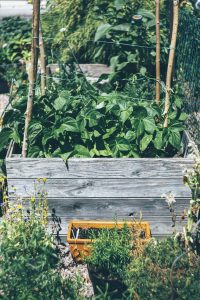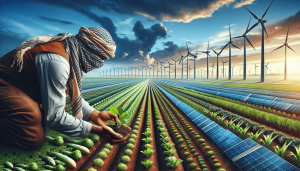Let’s embark on an exciting journey of discovering how to start our very own home vegetable garden! Together, we’ll explore the essential steps, from choosing the perfect spot to selecting the right vegetables for our garden. We’ll delve into soil preparation, the importance of proper watering, and useful tips to keep our plants thriving. Along the way, we’ll learn about natural pest control and the joys of harvesting our fresh produce. By the end, we’ll have the knowledge and confidence to cultivate a bounty of nutritious vegetables right in our backyard. So, let’s roll up our sleeves and get ready to grow! How do I start a home vegetable garden? It’s a question many of us have pondered, especially when we’re dreaming of plucking fresh tomatoes or crisp lettuce from our own backyard. Starting a vegetable garden can be incredibly rewarding and fun, but it can also feel a bit overwhelming if you don’t know where to begin. So, let’s embark on this gardening journey together, breaking down each step to make it simple and enjoyable.
Why Start a Home Vegetable Garden?
Before diving into the how-to, let’s talk about why starting a home vegetable garden is such a fantastic idea. There are numerous benefits that make gardening worth the effort.
Freshness and Flavor
One of the biggest perks is the freshness and flavor of home-grown vegetables. When we grow our own produce, it goes from garden to table in no time, ensuring its flavor and nutritional value are at their peak.
Health Benefits
Gardening is a great way to get some exercise and boost mental health. The physical activity involved in planting, weeding, and harvesting can be a good workout, while the satisfaction of growing food can enhance our mental well-being.
Cost Savings
Growing our own vegetables can save us money in the long run. Seeds and small plants are generally inexpensive, especially compared to the cost of buying fresh produce at the grocery store throughout the year.
Environmental Impact
Growing our own vegetables reduces the need for transportation and packaging, making it an eco-friendly option. Plus, we have control over how our food is grown, so we can avoid harmful pesticides and cultivate our veggies organically.
Planning Our Garden
Good planning is crucial for a successful vegetable garden. This step involves deciding what we want to plant, where to plant, and preparing the soil.
Choosing the Right Location
The location of our garden is very important. Vegetables need plenty of sunlight to grow well, so we should pick a spot that gets at least 6 to 8 hours of direct sunlight each day. Also, the area should have good drainage to prevent waterlogging, which can harm plants.
Deciding What to Grow
Our next task is selecting which vegetables to plant. It’s helpful to start with a few easy-to-grow crops like tomatoes, lettuce, zucchini, and herbs. We should also consider our climate and the growing season, as some vegetables do better in certain conditions.
| Plant | Ease of Growth | Best Season to Plant | Notes |
|---|---|---|---|
| Tomatoes | Easy | Spring/Summer | Needs support structures |
| Lettuce | Easy | Spring/Fall | Grows quickly |
| Zucchini | Easy | Summer | High yield |
| Basil | Very Easy | Spring/Summer | Great for beginners |
| Carrots | Moderate | Spring/Fall | Requires deep soil |
Preparing the Soil
Healthy soil is the foundation of a healthy garden. We’ll need to prepare our soil by removing any weeds, rocks, and debris. Adding organic matter like compost can improve soil structure, provide nutrients, and enhance water retention. Testing the soil to check its pH level will also help us understand how to amend it for optimal vegetable growth.
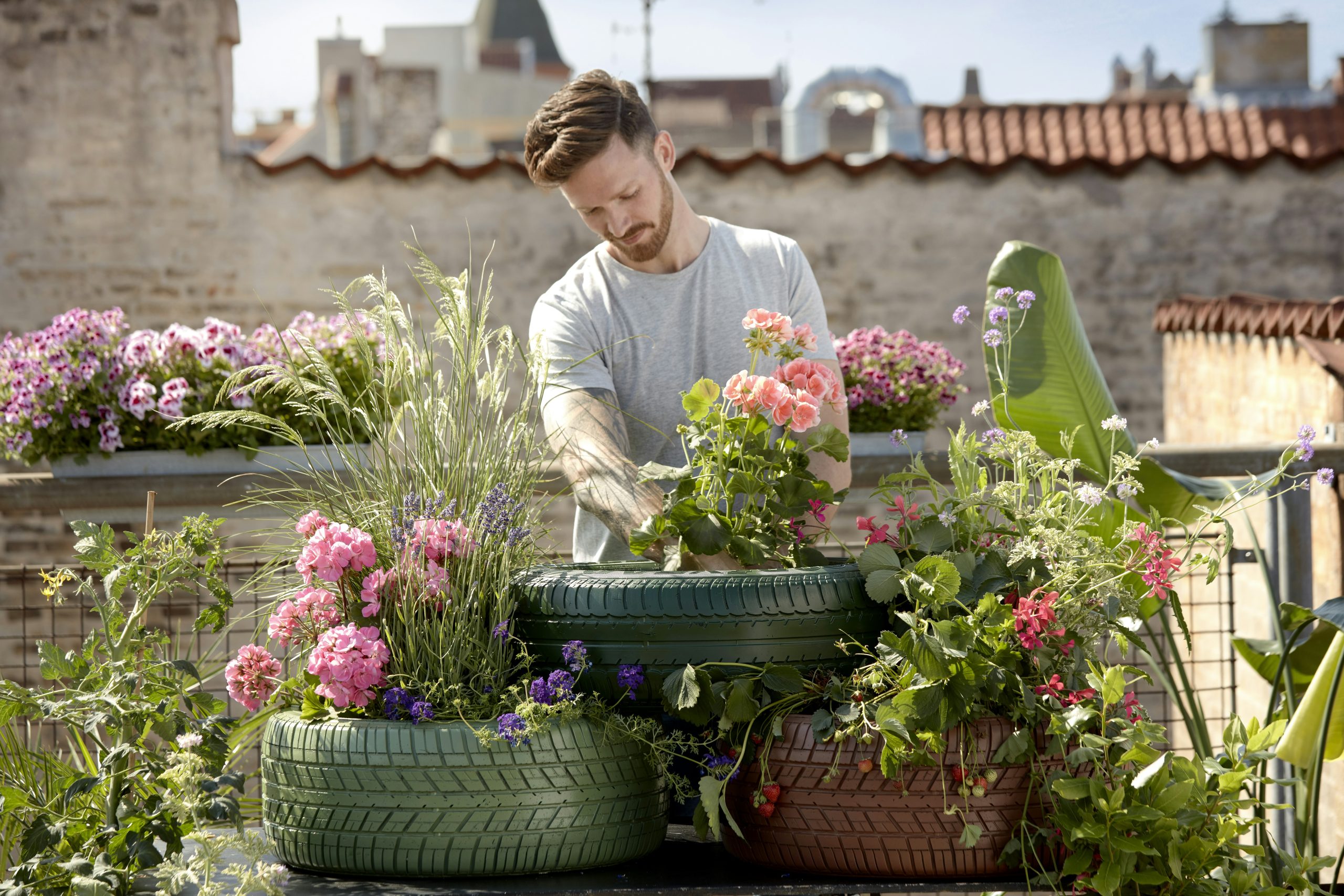
Getting Started with Planting
Once we have our garden plan and the soil is ready, it’s time to plant our seeds or seedlings. This step is particularly exciting as it marks the start of our garden coming to life.
Direct Sowing Seeds
Some vegetables grow best when their seeds are sown directly into the garden soil. Crops like carrots, lettuce, and beans fall into this category. We should follow the seed packet instructions for planting depth and spacing.
Transplanting Seedlings
Other vegetables, such as tomatoes and peppers, thrive when started indoors and then transplanted to the garden. We can purchase seedlings from a nursery or start our own from seeds indoors several weeks before the last frost date.
| Task | Description |
|---|---|
| Direct Sowing | Planting seeds directly in the garden soil. |
| Starting Seeds | Growing plants from seeds indoors before planting. |
| Transplanting | Moving seedlings from indoors to garden soil. |
Spacing and Layout
Proper spacing ensures our plants have enough room to grow and receive adequate sunlight. Crowded plants compete for resources, leading to poor yields. It’s useful to plant in rows or raised beds and consider companion planting to maximize space and deter pests.
Caring for Our Garden
Regular care is essential to keep our vegetable garden thriving. This includes watering, weeding, fertilizing, and protecting plants from pests and diseases.
Watering
Most vegetables need about 1 to 1.5 inches of water per week. Watering deeply but less frequently encourages deep root growth. Morning is the best time to water since it allows plants to absorb moisture before the heat of the day.
Weeding
Weeds compete with our vegetables for nutrients, water, and sunlight, so it’s important to keep them under control. Regular weeding is necessary, especially during the early stages of plant growth.
Fertilizing
Organic fertilizers, compost, and manure can provide essential nutrients to our plants. It’s best to follow a fertilizing schedule based on the specific needs of the vegetables we’re growing.
Pests and Diseases
Pests like aphids, slugs, and caterpillars, as well as diseases like blight and mildew, can harm our garden. Regularly inspecting plants and using natural pest control methods (like neem oil or introducing beneficial insects) can help keep these problems at bay.
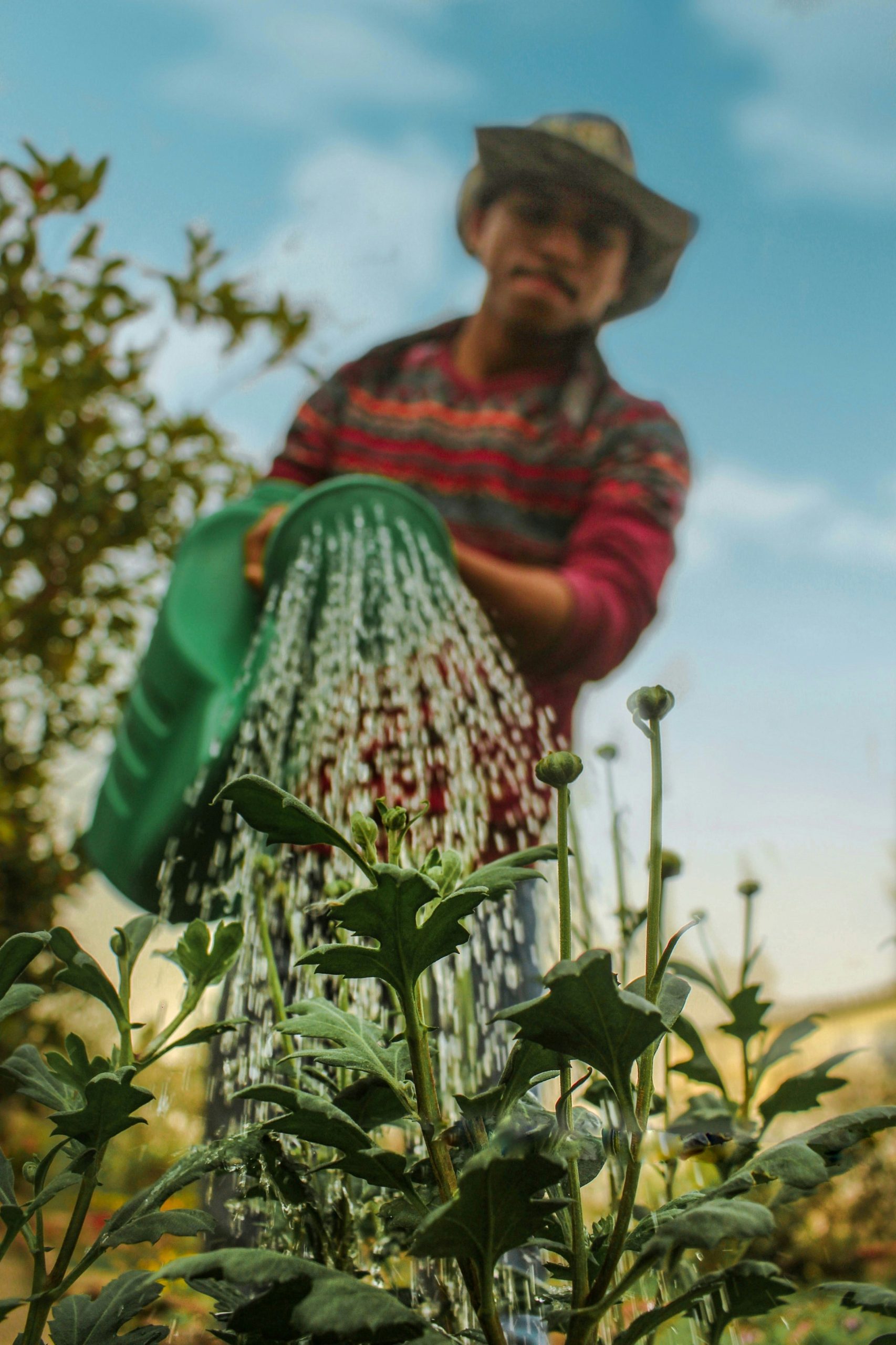
Harvesting Our Vegetables
The most rewarding part of gardening is, of course, the harvest. Knowing when and how to harvest ensures we get the best flavor and quality from our vegetables.
Harvest Timing
Each vegetable has its own ripening timeline. Regularly checking our garden and harvesting vegetables at their peak ensures we enjoy the best taste and nutritional value.
| Vegetable | Harvest Time |
|---|---|
| Tomatoes | When fully colored and slightly soft |
| Lettuce | When leaves are big enough to eat |
| Zucchini | When about 6-8 inches long |
| Carrots | When tops are about 1 inch in diameter |
Harvesting Techniques
Using the right techniques to harvest prevents damage to the plants and promotes further growth. For example, snipping herbs with scissors and using a gentle twist and pull method for root vegetables can make a big difference.
Extending the Growing Season
We can extend our gardening season and enjoy fresh vegetables longer by using a few clever techniques.
Succession Planting
Planting a new crop immediately after harvesting the previous one can maximize our garden’s productivity. This works well with fast-growing vegetables like radishes, lettuce, and spinach.
Season Extenders
Using row covers, cold frames, and greenhouses can protect plants from early frosts and extend the growing season into the cooler months. These tools help maintain a stable environment for our vegetables.
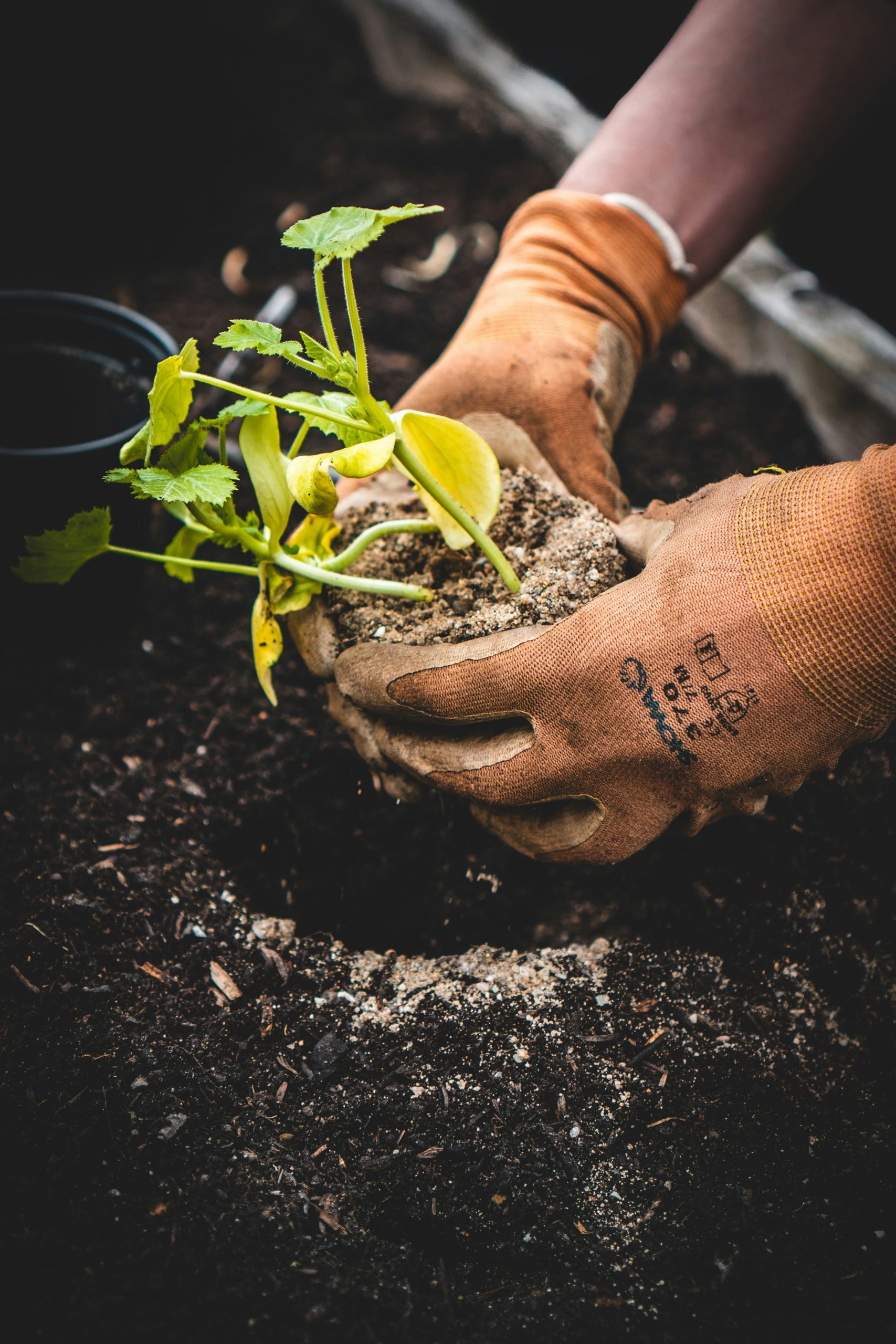
Storing and Preserving Our Harvest
Once we’ve harvested our crop, proper storage and preservation techniques ensure we enjoy our home-grown vegetables for months to come.
Fresh Storage
Knowing how to store vegetables properly can prolong their freshness. For example, root vegetables like carrots and beets can be stored in a cool, humid place, while tomatoes should be kept at room temperature.
Preserving Techniques
There are numerous ways to preserve our bounty, such as freezing, canning, drying, and pickling. These methods help reduce waste and allow us to enjoy our vegetables out of season.
| Preservation Method | Best For | Notes |
|---|---|---|
| Freezing | Peas, beans, tomatoes | Blanch before freezing |
| Canning | Tomatoes, pickles | Requires proper sterilization |
| Drying | Herbs, tomatoes, peppers | Use a dehydrator or air-dry |
| Pickling | Cucumbers, beets, carrots | Use vinegar and spices |
Troubleshooting Common Problems
Even with the best care, we may encounter some common gardening challenges. Here’s how we can tackle them.
Poor Germination
If our seeds aren’t sprouting, it could be due to improper soil temperature, overly wet or dry soil, or old seeds. Ensuring optimal conditions and using fresh seeds can help improve germination rates.
Yellowing Leaves
Yellow leaves often indicate nutrient deficiencies, over-watering, or pests. A soil test can identify nutrient needs, adjusting watering habits, and inspecting for pests can resolve this issue.
Stunted Growth
Stunted plants may suffer from insufficient sunlight, poor soil, or overcrowding. Ensuring our plants receive enough light, nutrients, and space typically resolves growth issues.

Conclusion
Starting a home vegetable garden is a fulfilling endeavor that offers numerous benefits, from fresh produce to a sense of accomplishment. By planning carefully, caring for our plants, and troubleshooting problems as they arise, we can create a thriving garden that provides delicious, home-grown vegetables.
So, let’s grab our gardening gloves and trowels and embark on this journey together. Happy gardening!

